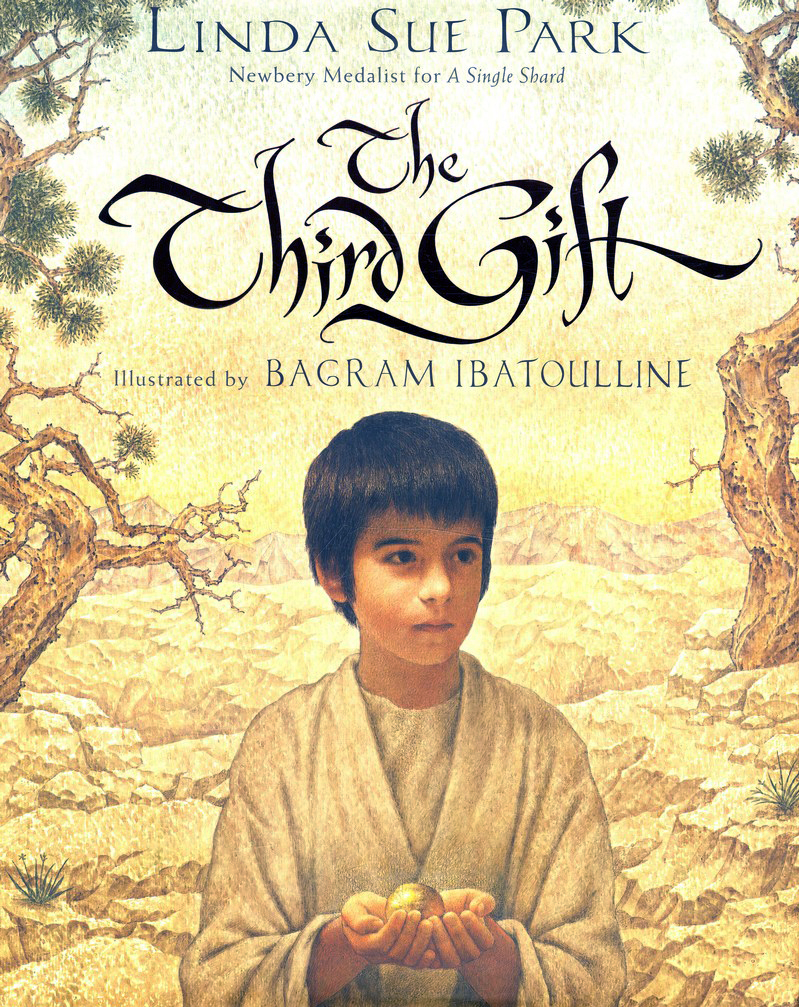To judge from the weekend roundups compiled here, there is always something interesting being discovered or announced. The difficulty can be that there is too much, and it becomes challenging to recall what is most important out of the constant barrage.
The list below comes from stories noted in the weekend roundups. Some of the artifacts were discovered in previous years, but only announced in 2018. For each item, I suggest a reason for its significance. I don’t deny a bias towards objects and sites more closely related to the Bible.
1. A copper alloy ring bearing the inscription “of Pilatus” may have belonged to an administrator who served Pontius Pilate. Though excavated at the Herodium many years ago, its significance was only recently discovered. Why is this in my top 10? Artifacts with names of biblical figures are relatively rare, and Pilate played a major role in the crucifixion of Jesus.
2. A seal impression that belonged to a man named Isaiah was discovered in Jerusalem. Why is this in my top 10? Though there’s good reason to doubt that this is the prophet by the same name, we still have the convergence of name (Isaiah), city (Jerusalem), and date (8th century BC).
3. A glazed ceramic head from Tel Abel Beth Maacah that dates to the 9th century BC may depict a royal official. Why is this in my top 10? I’m less convinced by the claim that this depicts an Israelite king than I am by the quality of this colorful work of art. That’s rare enough among the Israelites that you don’t need a royal connection to argue for its significance.
4. Excavations of Kiriath Jearim revealed a large platform that is 110 by 150 meters in size, with walls preserved 6 to 7 m high. Why is this in my top 10? You don’t have to believe the archaeologist’s wild theories to recognize that this is a major building project at a site we knew almost nothing about.
5. An undisturbed Canaanite tomb from the 17th century BC was discovered at Megiddo. Why is this in my top 10? I’m a sucker for undisturbed tombs, and it doesn’t hurt that this one was next to the royal palace.
6. The Galilean synagogue at Huqoq continues to produce beautiful, biblical mosaics, including a scene of the Israelite spies, a youth leading an animal, and a fragmentary Hebrew inscription reading “Amen selah.” Why is this in my top 10? I’m a big fan of ancient depictions of biblical scenes, as you might have guessed from my dream to create the Photo Companion to the Bible.
7. More than 1,000 Hellenistic-era seal impressions were discovered in excavations at Maresha. Why is this in my top 10? For a country that has so relatively few inscriptions preserved, this is an enormous trove that will bear fruitful study for many years to come.
8. An inscription at a site on Israel’s coast provides evidence for Babylonians living in Samaria after the fall of Jerusalem. Why is this in my top 10? This discovery helps to fill in details for an all-too-elusive period in the historical and archaeological record.
9. Excavations of Ein Hanya uncovered an Israelite royal capital (proto-Aeolic?), a 4th century Greek drachma, and a Byzantine pool system. Why is this in my top 10? Israelite royal capitals stir the imagination, and Ein Hanya has been off everyone’s radar until now.
10. Archaeologists discovered a 5th-Dynasty tomb in Saqqara, Egypt, that has never been looted. Why is this in my top 10? Top 10 lists need 10 items. Besides, the photos are impressive.
Honorable mention:
- A “pleasure-garden” atop Masada
- A rare and beautiful Hellenistic-era gold earring found in the City of David
- An intact 2,400-year-old ancient Greek shipwreck found at the bottom of the Black Sea
- A stone column with an inscription mentioning Jerusalem that dates to 100 BC
- A rare stone weight found in Jerusalem inscribed in Hebrew with the word “beka”
- A seal impression inscribed “belonging to governor of the city” found in Jerusalem
- A three-room burial cave in Tiberias from the first century BC or first century AD
- Three rare Jewish coins from the 4th century BC found in the Temple Mount Sifting Project
- A Roman-era cemetery with 32 tombs discovered near Hebron
- Ruins of the church building where the First Council of Nicaea was held
- The world’s oldest brewery in the Raqefet Cave, near Haifa
- Remains of a mass slaying carried out during the reign of Hasmonean king Alexander Jannaeus
- An early depiction of Jesus found in a 6th century church in the Negev
- Engravings of ships and animals on the walls of a Roman-era cistern in Beersheba
- Evidence of a Persian military base at Tel Keisan
Others have created their own top ten lists, including Gordon Govier (Christianity Today), Bryan Windle, Christopher Eames, Ruth Schuster #1 and #2 (Haaretz), Amanda Borschel-Dan (Times of Israel), and J-P Mauro (Aleteia). The Epoch Times’s list covers the world.
Those we lost in 2018 include Philip Davies, Gary Knoppers, Jack P. Lewis, John McRay, Richard Rigsby, Ephraim Stern, James F. Strange, and Ada Yardeni.
New releases from BiblePlaces.com this year were Ruth, Psalm 23, and Persia. Get all three volumes at a discount.
You can revisit the top stories of previous years at the links below:
- Top Discoveries of 2017 (and Top Stories and more)
- Top Stories of 2015
- Top Stories of 2014
- Top Stories of 2013 (and more)
- Top Stories of 2012 (and more)
- Top Stories of 2011 (and more)
- Top Stories of 2010 (and more)
- Top 8 of 2008 (and more)
